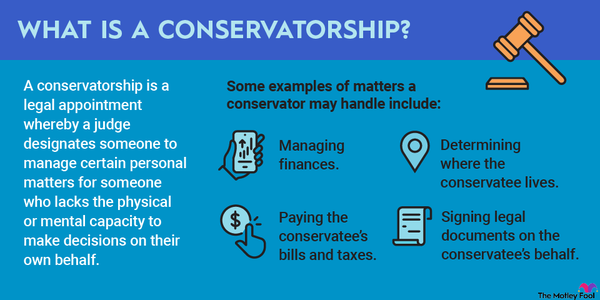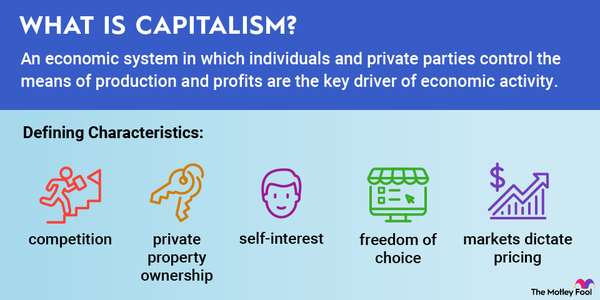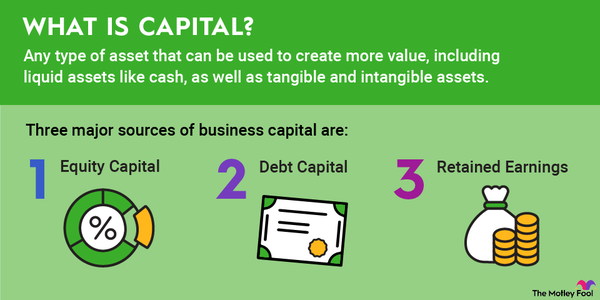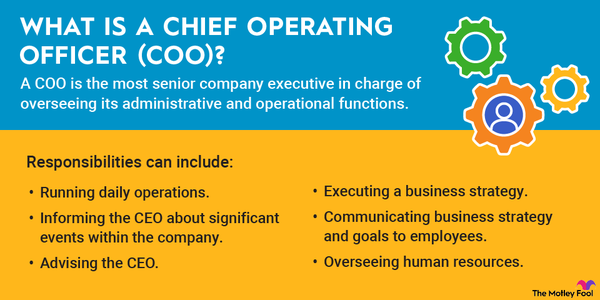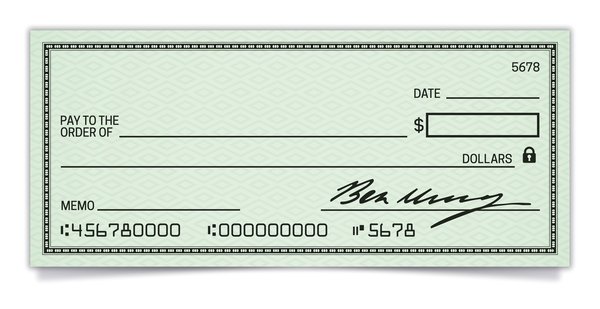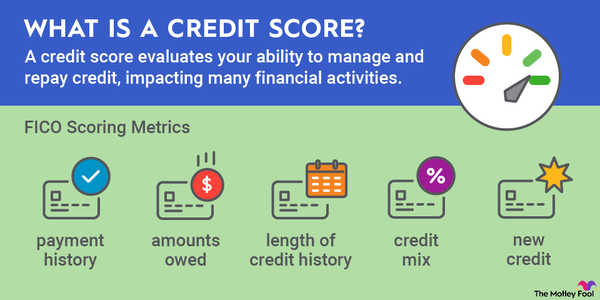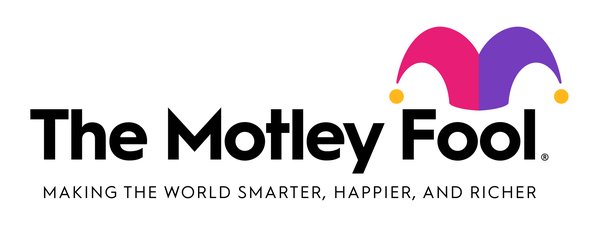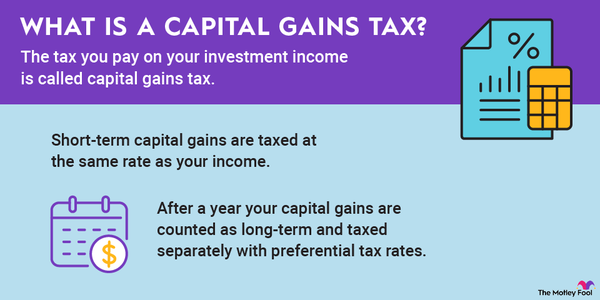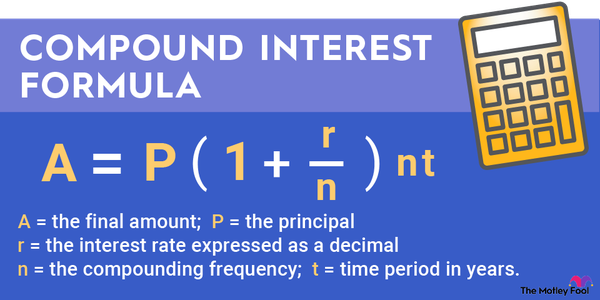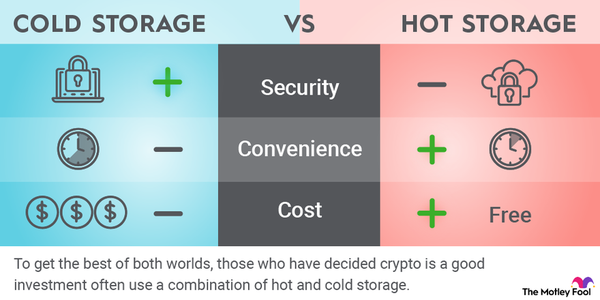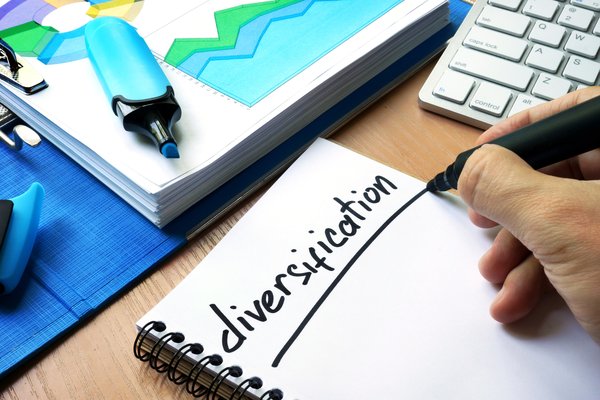Conveyance is a legal term that is commonly used in real estate transactions, indicating how property is being transferred. Read on to learn more about the different ways property can be conveyed and the other things you really need to know to be a well-informed investor.

Overview
What is conveyance?
When you sell a piece of property to someone else using a legal document specifically made for that purpose, you're conveying it to them. The act of conveyance is one of the most important elements of real estate transactions, though it's not the only one.
Conveyance instruments include documents like contracts, leases, titles, and deeds, and these instruments spell out the obligations of all parties in the transactions, as well as how the property is to be transferred. Although real estate conveyance is the most common use of the term, you can convey almost anything with a paper trail, including mineral rights, inventory, or other real property, like a car.
Types of conveyance
What are the types of conveyance?
There are many different types of legal conveyances for real property, but the most common include:
- Conveyance of fee interest. Fee interest refers to complete ownership and control of the property, including possession, disposal, and inheritance rights. Most residential real estate purchases use fee interest types of conveyance.
- Conveyance of leasehold interest. Leasehold interest is when someone conveys the right to rent a property to someone else. As the owner, you retain the right to dispose of the property, but you transfer the rights to possess and use the property to your tenants for a set amount of time for a set fee.
- Conveyance of life estate interest. A life estate is a little more complicated, but it refers to someone who is conveyed the right to possess and use a property for their lifetime but without the right to inheritance. Instead, upon their death, the property reverts to the original owner or heir of the original owner.
- Conveyance of easement interest. Granting someone an easement is allowing them to use a small portion of your property. Conveyance of easement interest may apply to driveways that are required to give landlocked properties access to roads or could grant utility companies access to your gas lines.
- Conveyance of license interest. Conveyance of license interest refers to written permission for a specific use of a property given by the owner to someone else. This could be something like hunting access during a specific season or harvesting wood from fallen trees as needed.
The process
A simple conveyance process
Conveyance can be as simple or as complicated as it needs to be, but the steps needed for conveyance to be successful will always be outlined in the contract or other conveyance documents. In commercial real estate transactions, a great number of steps may be required, including complicated land surveys and financial reviews, but a basic home sale is pretty simple.
Once the closing date is scheduled, the property is typically investigated to ensure there are no liens or encumbrances that would prevent the title from being fully conveyed. Then, the buyer's mortgage is verified and completed, or cash funding is verified. Finally, conveyance instruments and other documents are prepared, showing how expenses will be divided among the parties, how much is due to or from each party, and how the recording will be handled. Sellers and buyers then meet and sign these papers on the same day to transfer the property ownership.
It's important to note that these steps can look a little different in different states, but this is the basic framework that is involved. In some states, conveyance taxes are also going to be due at the time of closing.
Related investing topics
Why it matters
Why does conveyance matter to investors?
As an investor, conveyance should matter a great deal to you. No matter what you're investing in, property is almost certainly being bought, sold, and traded. How that happens, and the rights that go with each conveyance, are very important to the bottom line of your companies.
A great example of this would be a real estate investment trust (REIT) that has long-term leases (conveyance of leasehold interest) on property that it has since developed and leased again to tenants for profit. It's important to understand the leasehold to understand the economics of that investment. If companies are strictly buying and selling properties, it's a lot more straightforward but still important to monitor.







